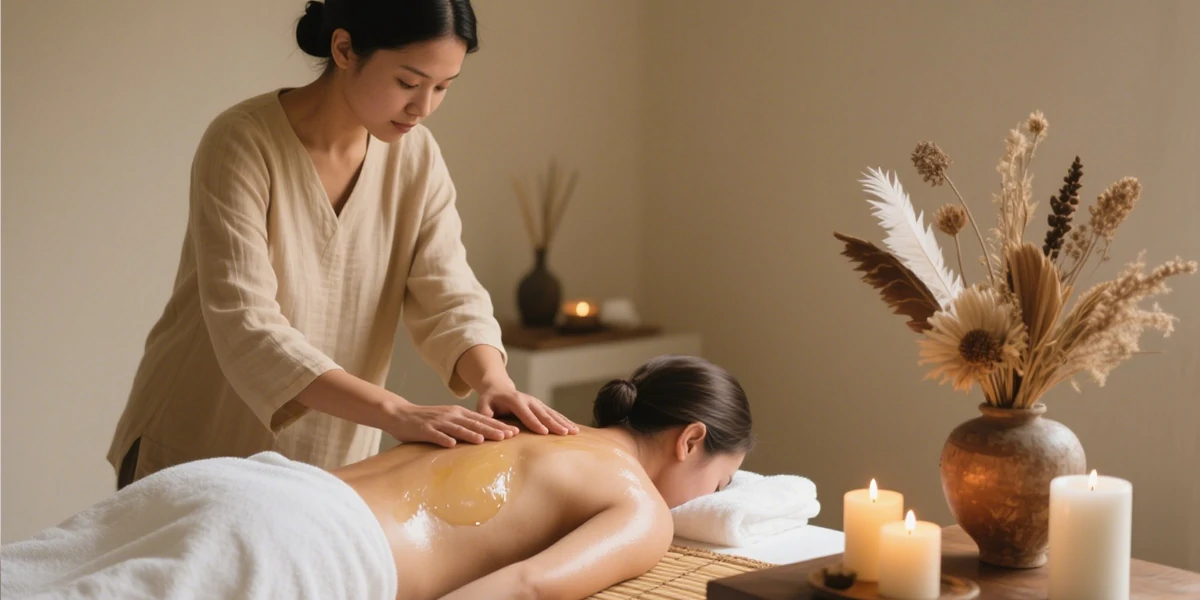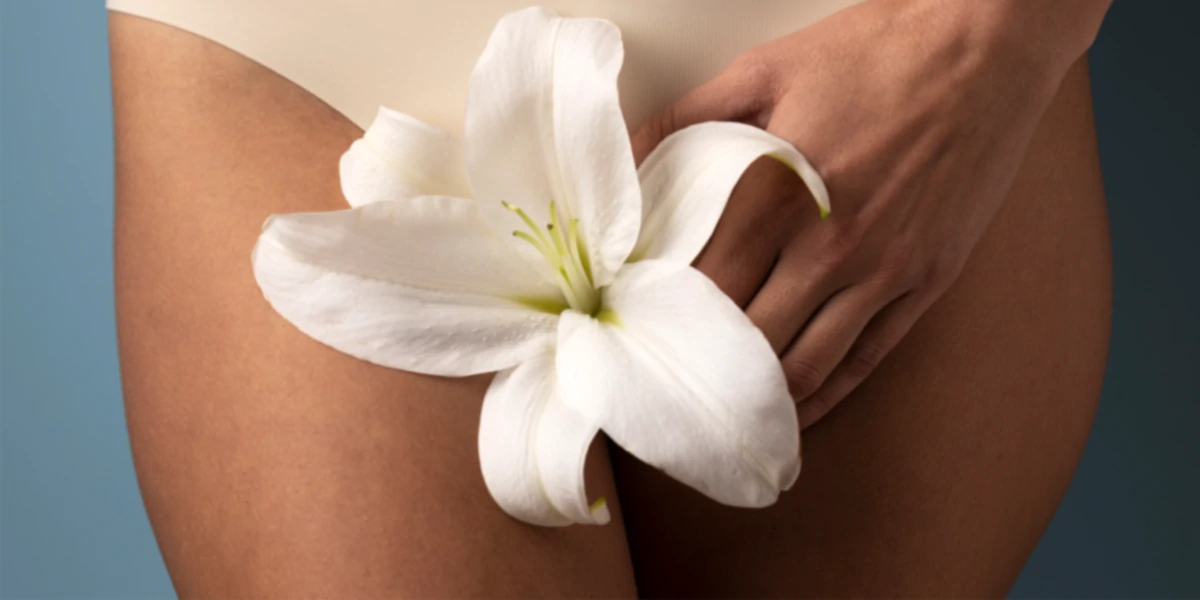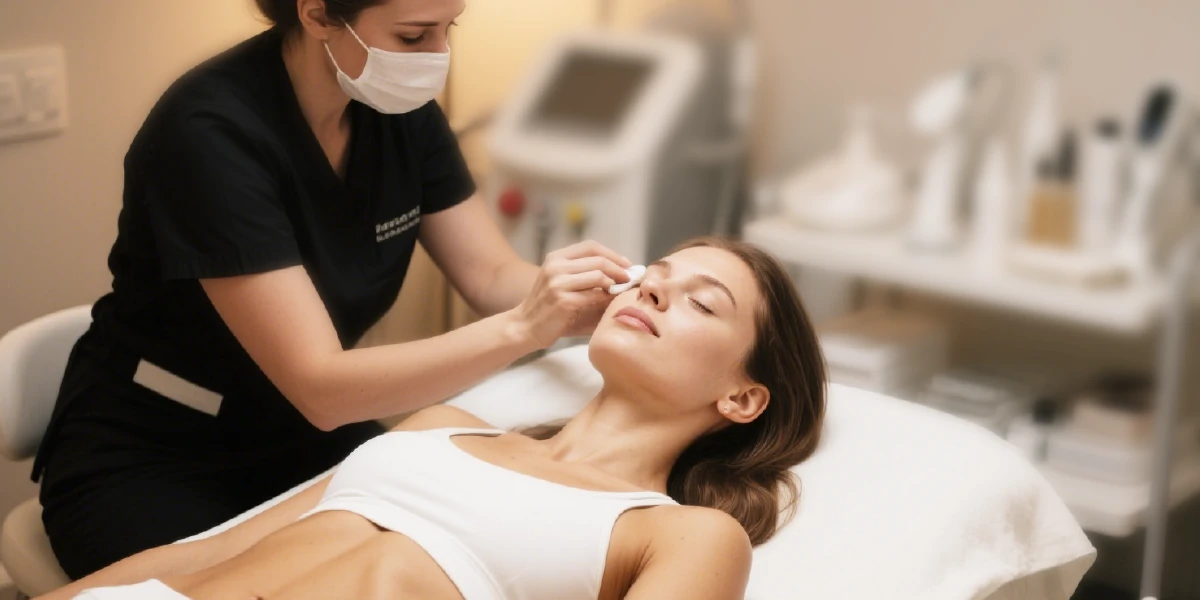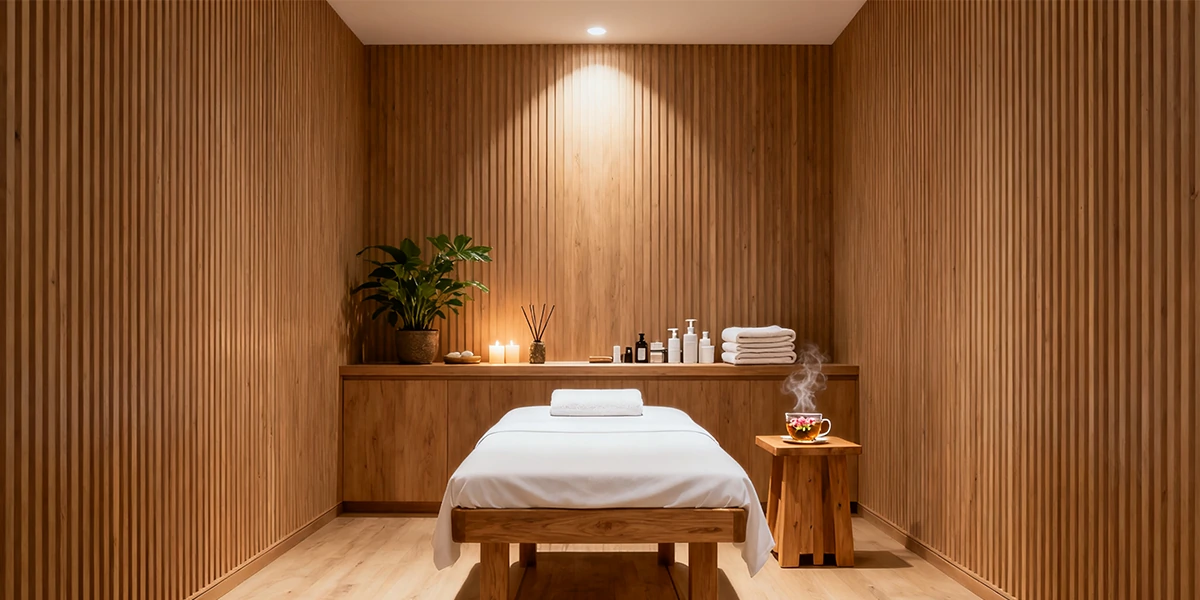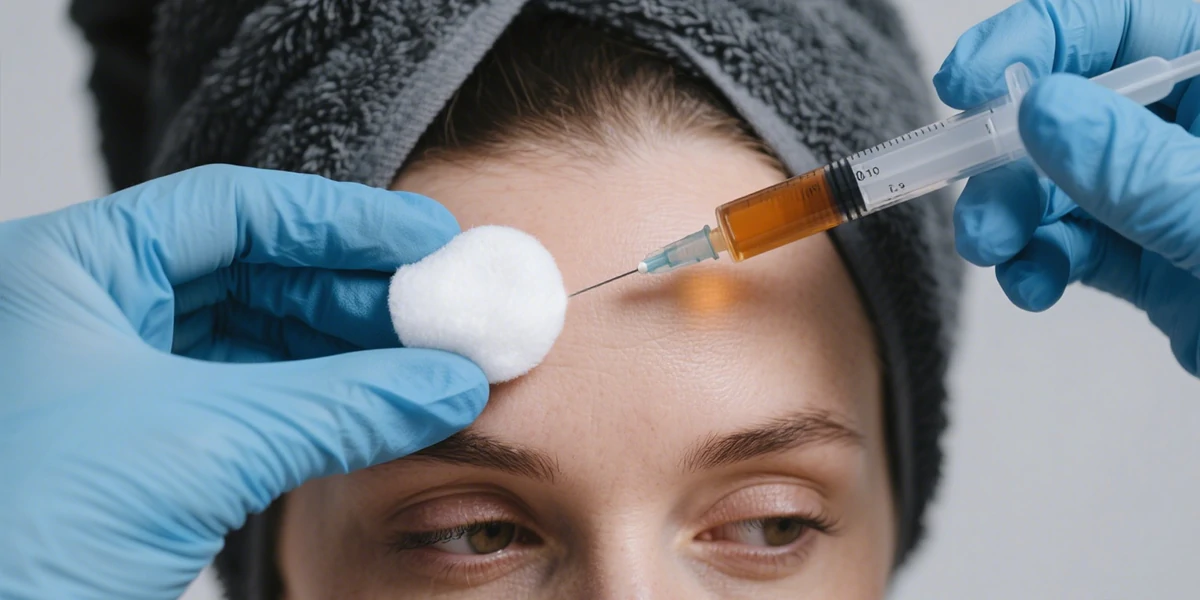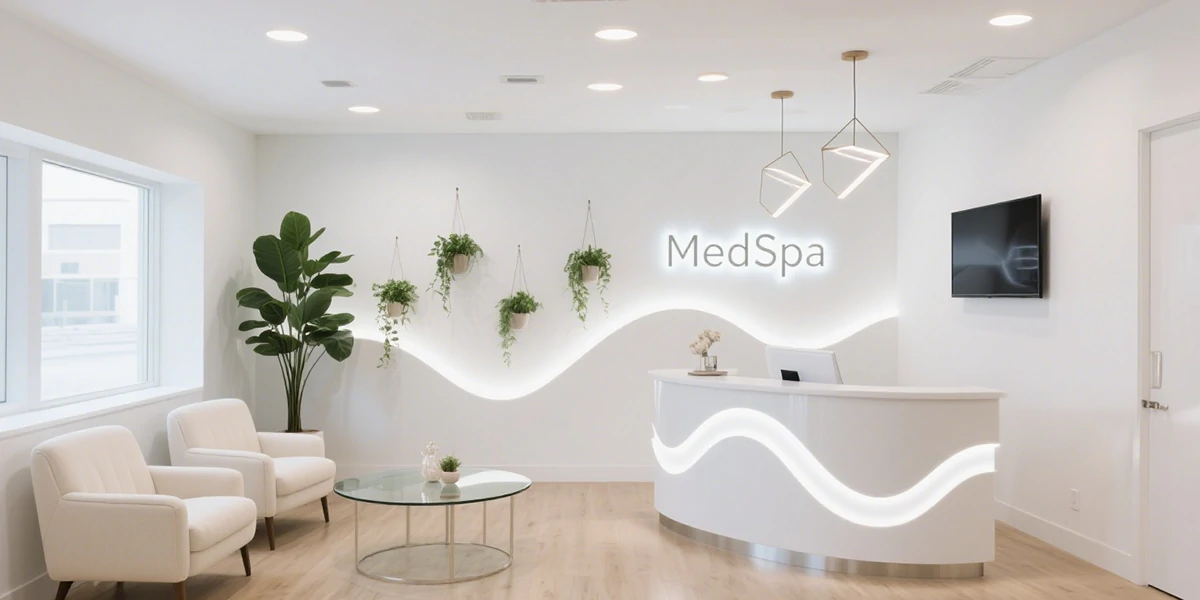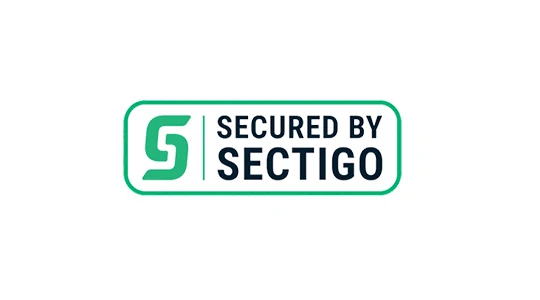Blog
How to Start a Spa Business: The Ultimate 10-Step Guide for 2025
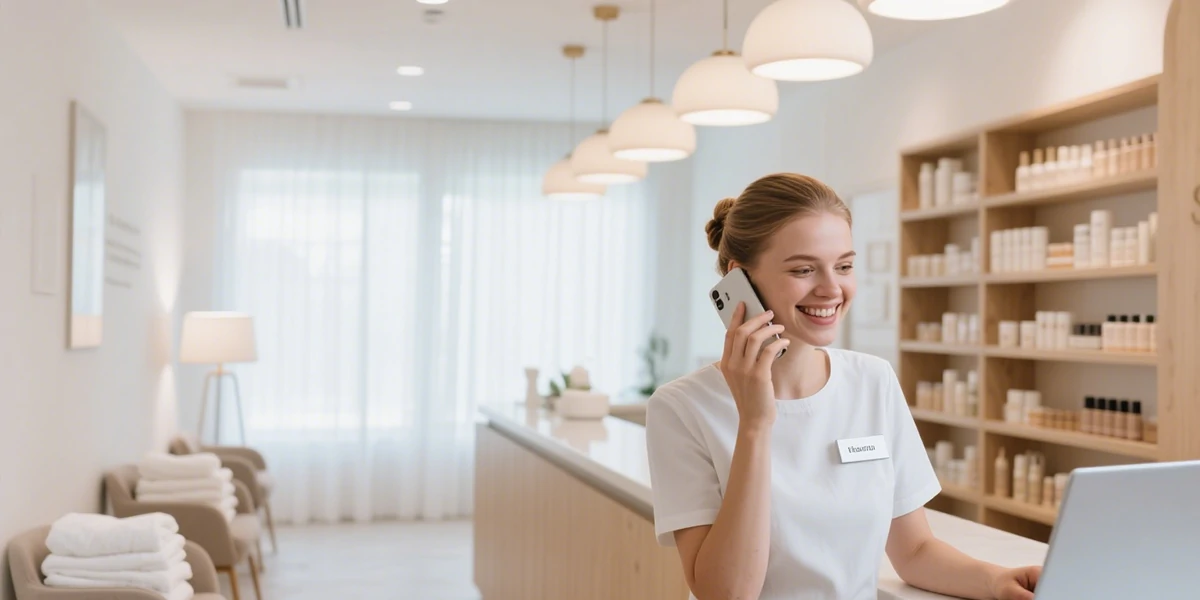
The spa service industry is experiencing unprecedented growth, making now a golden era for aspiring entrepreneurs. While the dream of owning a serene, successful spa is alluring, many passionate individuals feel overwhelmed by the process, lacking a clear roadmap from concept to reality. If you’ve been searching for a definitive guide on how to start a spa business, you’ve come to the right place. This article is designed to be your comprehensive roadmap. We will walk you through ten essential steps, providing a practical framework to help you avoid common pitfalls, make informed decisions, and turn your vision into a thriving and profitable wellness venture.
The Foundation – Planning & Research
Step 1: Conduct In-depth Market Research & Define Your Niche
Before you do anything else, you must understand the landscape. Start by analyzing your local competitors. What services do they offer? What are their price points, and what do their online reviews say? This research will reveal gaps in the market. Next, define your spa’s unique identity. Will you be a luxurious day spa, a results-driven medical spa, a holistic wellness center, or a convenient resort spa? Clearly identifying your niche—for instance, focusing on organic treatments, men’s grooming, or advanced body contouring—will help you attract a specific, loyal clientele.
Step 2: Write a Winning Spa Business Plan
Your business plan serves as the architectural blueprint for your spa’s success. It’s not merely a document for potential investors; it is your strategic guide for decision-making and operational planning. A well-structured business plan should encompass the following key components:
- Executive Summary
- Company Mission and Vision
- Detailed List of Spa Services
- Thorough Market Analysis
- Multi-Channel Marketing Strategy
- Management Team Profiles
- Detailed Financial Projections
- Operational Plan
- Risk Assessment and Mitigation
A well-crafted business plan not only demonstrates your professionalism and foresight but also serves as a roadmap for your spa’s growth and sustainability. By carefully detailing each component, you will be better equipped to navigate the challenges of starting and running a successful spa business.
Legalities & Financials
Step 3: Handle Legal & Licensing Requirements
Navigating the legalities is a critical step to protect your business. First, choose a business structure, such as a Sole Proprietorship, an LLC (Limited Liability Company), or a Corporation, each with different implications for liability and taxes. Register your business name and secure a federal tax ID number. Most importantly, research and obtain all necessary licenses and permits, which can include a general business license, cosmetology or esthetician licenses, massage therapy licenses, and health department permits. These requirements vary by state and city, so check with your local authorities.
Step 4: Create a Budget & Secure Funding
A clear financial picture is non-negotiable. Meticulously calculate your startup costs, including rent deposits, renovation, equipment purchase, initial product inventory, software subscriptions, and pre-opening marketing expenses. Also, project your monthly operating costs like salaries, utilities, rent, and marketing. With these numbers, you can explore funding options. These may range from personal savings and loans from family to more formal routes like Small Business Administration (SBA) loans, traditional bank loans, or pitching to private investors.
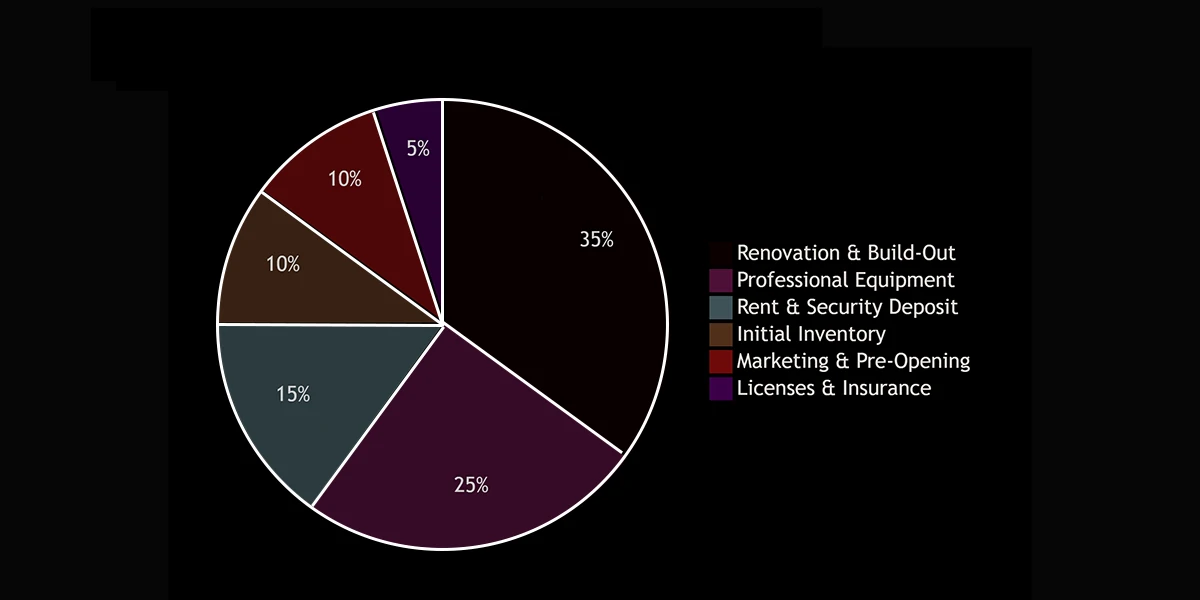
Building Your Sanctuary
Step 5: Choose the Perfect Location
Your spa’s location can make or break its success. Key factors to consider are visibility, foot traffic, accessibility, and parking. Is the neighborhood aligned with your target demographic? A high-end spa might thrive in an affluent shopping district, while a wellness-focused studio could do well near yoga studios and health food stores. Ensure the space has the necessary plumbing and electrical infrastructure to support your equipment.
Visibility and Foot Traffic
Choose a location that is easily visible to attract potential customers passing by. Areas with high foot traffic, such as shopping malls, busy streets, or community centers, can significantly enhance your visibility.
Alignment with Target Market
Understand your target clientele. Are you aiming to attract high-end customers, families, or health enthusiasts? Selecting a community that aligns with your target market is crucial. For instance, a luxury spa might thrive in affluent shopping districts, while a wellness center could do well near gyms or health food stores.
Accessibility
Ensure your spa is easily accessible, with ample parking and convenient public transportation options. This will make it easier for customers to visit, increasing the likelihood of repeat business.
Space and Facilities
Choose a space that meets your spa’s needs, ensuring it has the necessary plumbing and electrical infrastructure to support your equipment and services. Consider the layout to ensure privacy and comfort for your clients.
Competitive Analysis
Analyze your local competitors. Understanding their services, pricing, and customer feedback can help you identify market gaps and develop a differentiation strategy.
Rent and Budget
Evaluate rental costs in various locations to ensure they fit within your budget. While high-traffic areas may have higher rents, they can also bring in more customers, so weigh the pros and cons carefully.
Future Development Potential
Research future development plans for the area, including new projects and infrastructure improvements. Choosing a location that is expected to gain popularity can provide long-term growth opportunities for your business.
By considering these factors, you can select an ideal location that lays a solid foundation for the success of your spa.
Step 6: Design a Relaxing Spa Interior
The ambiance of your spa is a crucial element of the customer experience. Every detail contributes to a sense of tranquility and escape, enhancing the overall therapeutic effects of your services. Consider the following aspects when designing your spa interior:
Soothing Color Palette
Choose a calming color scheme that promotes relaxation. Soft, neutral tones such as pastels, earthy hues, and muted shades of blue or green can create a serene atmosphere. Avoid overly bright or harsh colors that might create stress or distraction.
Soft and Adjustable Lighting
Lighting plays a pivotal role in setting the mood. Incorporate soft, ambient lighting options that can be adjusted according to the time of day and the type of service being offered. Consider using dimmable LED lights, candles, and natural light sources to create a warm and inviting space.
High-Quality, Comfortable Furnishings
Invest in quality furniture that enhances comfort and aesthetics. Choose plush seating for the reception area, ergonomic treatment tables, and cozy loungers in relaxation zones. Ensure that all furnishings are not only visually appealing but also functional and durable.
Optimal Layout and Flow
Plan your spa layout to ensure a seamless flow for both clients and staff. Create a welcoming reception area that is easily accessible. Design treatment rooms for privacy and tranquility, and ensure changing facilities are clean and convenient. A dedicated relaxation lounge should offer a peaceful retreat for clients before and after treatments.
Calming Music and Sound Elements
Incorporate soothing background music or nature sounds to enhance the relaxing atmosphere. Soundscapes can significantly impact mood, so choose playlists or sound machines that promote peace and serenity. Ensure the volume is set to a comfortable level that doesn’t overwhelm conversation.
Natural Textures and Materials
Use natural materials like wood, stone, and plants to create an organic feel. Incorporating elements from nature, such as indoor plants, water features, or natural stone walls, can enhance the spa’s calming effect and connect clients with a sense of tranquility.
Subtle Aromatherapy
Scent is a powerful tool for enhancing relaxation. Use essential oils or diffusers to create a pleasant fragrance throughout the spa. Choose calming scents like lavender, eucalyptus, or chamomile that help to reduce stress and promote a sense of well-being.
Personal Touches and Decor
Add unique decor elements that reflect your spa’s identity and philosophy. Consider artwork, inspirational quotes, or handcrafted items that resonate with your brand. Personal touches can make the space feel more inviting and memorable for clients.
Cleanliness and Maintenance
Ensure that all areas of the spa are impeccably clean and well-maintained. A spotless environment not only promotes health and safety but also enhances the overall customer experience. Regular upkeep of furnishings and facilities ensures a consistently pleasant atmosphere.
By thoughtfully designing your spa’s interior with these elements in mind, you can create a true sanctuary that provides clients with a restorative escape from their daily lives.
Step 7: Source Professional Spa Equipment & Products
The quality of your treatments is directly tied to the quality of your equipment. Investing in reliable, effective, and safe technology is paramount for delivering professional results and building client trust. Your basic checklist will include massage tables, facial steamers, towel warmers, and sterilization units.
For spas looking to offer advanced, high-demand services like body contouring, fat reduction, or advanced skin rejuvenation, partnering with a specialized manufacturer is crucial. For instance, a brand like Tingmay offers a comprehensive range of innovative beauty devices, from Cryolipolysis and EMS Sculpting machines to Hydrofacial and advanced Laser Beauty Equipment. Sourcing from a professional supplier like Tingmay not only ensures you have cutting-edge technology but also provides the technical support and quality assurance,needed to operate with confidence. When selecting skincare products, choose a line that aligns with your spa’s philosophy, whether it’s clinical, organic, or luxurious.
Services & People
Your service menu is your primary sales tool and a reflection of your spa’s identity. It should be clear, enticing, and designed to appeal to your target clientele. Here are key components to consider:
Core and Signature Services
Offer a balanced mix of essential services, such as classic facials, Swedish massages, and body treatments, alongside unique signature treatments that distinguish your spa from competitors. Signature services can leverage exclusive techniques, special ingredients, or innovative equipment, creating a memorable experience for clients.
Clear Descriptions
Provide detailed descriptions for each service, highlighting benefits, duration, and any special techniques involved. Use inviting language that conveys the experience clients can expect, making it easier for them to choose and book services.
Pricing Strategy
When setting prices, consider various factors:
- Operating Costs
- Competitor Pricing
- Target Market’s Budget
- Perceived Value
Packages and Memberships
Create service packages that combine popular treatments at a discounted rate, encouraging clients to try multiple services. Consider offering memberships that provide regular clients with exclusive benefits, such as discounted rates, priority booking, or complimentary add-ons. This not only increases average client spending but also fosters loyalty.
Seasonal and Promotional Offers
Introduce seasonal specials or promotional offers to attract new clients and stimulate interest in lesser-known services. Use holidays or local events as opportunities to create themed packages that resonate with your community.
Feedback and Adjustments
Regularly solicit feedback from clients regarding your service menu and pricing. Use this information to make adjustments, introduce new services, or refine existing offerings, ensuring your menu remains relevant and appealing.

Step 9: Hire & Train Your Dream Team
Your staff is the heart of your spa, playing a critical role in delivering exceptional experiences. Here are essential steps to build and maintain a skilled and motivated team:
Hiring Licensed Professionals
Seek out licensed and experienced professionals in fields such as massage therapy, esthetics, and wellness. Verify their credentials and experience to ensure they meet industry standards and can deliver quality services.
Soft Skills Assessment
In addition to technical skills, prioritize candidates who possess strong interpersonal skills. Look for therapists and receptionists who are warm, empathetic, and passionate about wellness, as these qualities enhance customer interactions and satisfaction.
Thorough Onboarding Process
Implement a comprehensive onboarding program that familiarizes new hires with your spa’s culture, values, and operational procedures. This should include training on service protocols, product knowledge, and customer service standards.
Continuous Training Opportunities
Offer ongoing training sessions to help staff stay updated on the latest industry trends, techniques, and products. Encourage participation in workshops, seminars, or online courses to foster professional growth.
Team Collaboration and Support
Create a supportive environment that encourages teamwork and collaboration among staff. Regular team meetings and feedback sessions can help build camaraderie and address any challenges collectively.
Performance Evaluation and Recognition
Establish a system for evaluating staff performance, providing constructive feedback, and recognizing outstanding contributions. Celebrate achievements and milestones to boost morale and motivation.
Empowerment and Autonomy
Empower your team by giving them autonomy in their roles. Encourage them to express their ideas for improving services and client experiences, fostering a sense of ownership and pride in their work.
Client-Centric Culture
Instill a client-centric culture within your team. Emphasize the importance of understanding clients’ needs and preferences, ensuring personalized service that enhances the overall spa experience.
Marketing & Grand Opening
Step 10: Create a Marketing Plan & Launch
Now it’s time to tell the world about your spa. Start by building a strong brand identity with a professional logo and a compelling brand story. Create a beautiful, user-friendly website with an integrated online booking system. Build a presence on social media platforms like Instagram, showcasing your beautiful space and treatment results. Before your grand opening, generate buzz with “coming soon” announcements, exclusive pre-opening offers for early subscribers, and collaborations with local influencers. Plan a grand opening event to officially launch your business and welcome your first clients.
| Phase 1 | Key Activities | Specific Actions & Channels | Primary Goal | Key Performance Indicators (KPIs) |
|---|---|---|---|---|
| T-3 Months(Launch – 3 Mo) | Online Presence Setup |
|
To establish a credible and owned digital foundation for all future campaigns. | Website live; Social profiles created; >100 initial followers. |
| T-2 Months | Content & Buzz Building |
|
To generate anticipation, build brand awareness, and start community engagement. | Content engagement rate (Likes, Comments, Saves); Number of influencer partnerships secured. |
| T-1 Month | Pre-Sales & Lead Generation |
|
To generate initial cash flow, build a client database, and secure a base of first clients. | Number of pre-sale packages sold; Email list subscriber count. |
| Launch Month | Grand Opening Push |
|
To create a major launch event, drive maximum initial foot traffic, and generate reviews. | Number of attendees at the event; First-month revenue; Number of 5-star reviews. |
| T+1 Month | Retention & Loyalty |
|
To convert first-time clients into loyal, repeat customers and brand advocates. | Client retention rate; Number of loyalty program sign-ups; Repeat rate |
Conclusion
Launching a spa is a journey that combines passion with meticulous planning. By following these ten steps—from foundational research and financial planning to sourcing quality equipment and executing a strong marketing strategy—you can build more than just a business. You can create a haven that promotes well-being in your community and becomes a resounding success. The path requires dedication, but the reward of creating a beloved wellness destination is immeasurable.

